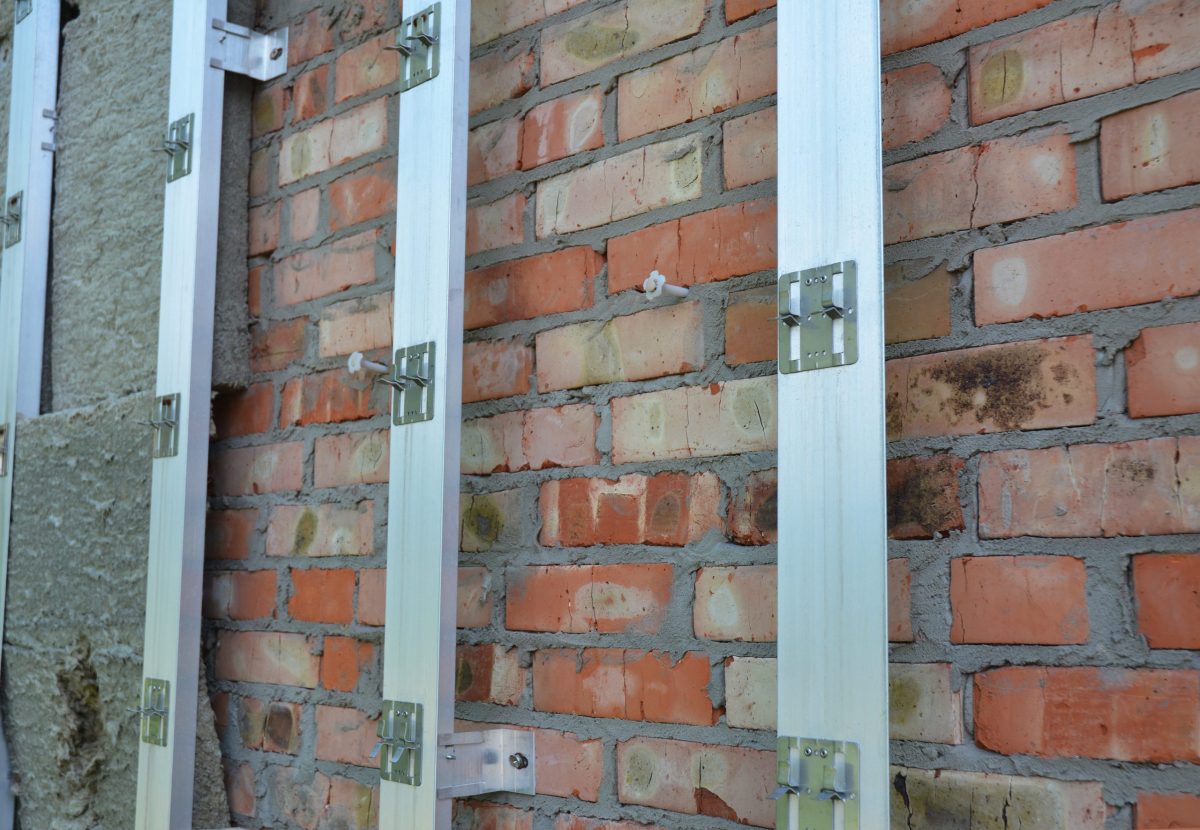What Is the Lifespan of Brick and Mortar?
Brick structures can last for over 100 years, and many of the oldest buildings in the country were built with brick and mortar. However, factors like the environment, exposure to the weather can affect the lifespan.Another essential component of a brick structure’s lifespan is the mortar. Mortar joints typically only last 20 to 30 years. In environments with high humidity and intense heat, like Dallas, the lifespan may be shorter.
How Can You Help Extend the Lifespan of Brick?
The best way to care for bricks is to take care of the surrounding mortar. One of the primary purposes of mortar is protecting the brick from potential damage. However, if it loses integrity, the mortar will be unable to stop the destruction from spreading to the brick.So, routine maintenance of mortar is essential to extending the life of the bricks. This process is called tuckpointing, and it involves replacing damaged mortar joints with fresh ones. Tuckpointing should generally be done at the first sign of trouble. If bricks become loose, then you’ll likely need more intensive repairs, if not a complete replacement.
What Are the Early Warning Signs of Brick or Mortar Damage?
Catching problems early is critical to stopping their progression into larger, costlier issues. So, make sure to keep an eye out for these common warning signs:- Cracks in the mortar
- Cracks in drywall or plaster in home’s interior
- Doors or windows no longer closing properly
- Holes in bricks or mortar
- Mortar crumbling
- Uneven floors
- Water damage
When Should You Seek Our Repairs or Brick Replacement?
When facing the potential of repairing or replacing your bricks, ask yourself these four key questions:- Can the brick be turned around?
- How damaged is the brick?
- How stable is the structure?
- What caused the damage?
If the brick is too worn or crumbling, then turning the brick around or repairing it may not be enough. In this case, you’ll likely need to completely replace the damaged brick before it causes further issues with the surrounding bricks.
These further issues could include parts of the building or structure bowing or leaning. These are symptoms of instability. To keep the structure safe, the entire brick wall may need replacing.
Before fixing this damage, though, it’s essential to have a mason inspect the building and determine if there may be underlying issues at play. If the underlying issue is not fixed, too, then the brickwork will continue to be problematic.
Questions to Help You Decide on Whether to Replace or Repair Bricks
The obvious consideration of whether to replace or repair your bricks is the extent to which they are damaged. Sometimes, however, your bricks may be damaged but are not showing many signs. Other times, it might be a minor issue that looks extensive on the outside. If you wonder how to tell the difference, below are three questions to consider.What is Damaged? The Brick or the Mortar?
Mortar is the paste used in construction to hold bricks or stones in place. It is a mixture of sand, water, and cement. The mortar will often start wearing and tearing long before the bricks show any signs of damage. That is how it is supposed to function to keep the bricks in place. Before calling your mason, you should study bricks and mortar. If you notice the mortar is cracking or softening, it's time to replace it with new mortar without necessarily having to repair the bricks.What Does the Opposite Side of the Damaged Brick(s) Look Like?
There are different defects that you can observe on your bricks. The first is bloating of bricks, where a spongy swollen mass is formed over the bricks due to excess sulphur and carbonaceous matter. The second is the black core, where the oxidation process does not entirely remove carbon and bituminous matter, causing the bricks to have black patches. Additionally, efflorescence is indicated by white or drying grey salt patches on the surface of the bricks; this happens when the bricks absorb excess moisture. Bricks can also get black spots on their surface due to iron sulphide. Other defects in bricks include lime blowing, brick cracking, chuffs, and lamination bricks.When determining whether to replace a brick or repair it, you can look at the extent of the damage mentioned above on the other side of the brick. If a brick has efflorescence, black spots, or a black core on the outside but is clear on the inside, you can overturn the bricks, so they face the opposite direction in the wall without replacing them. However, if they are bloating or cracking intensively, you might have to replace them.
Is Your Structure Leaning, Unstable, or Bowing?
When a structure sustains damage to an extent where it is unstable and begins to lean or bow, it is time to take the structure down, replace the bricks, and build it new. The old bricks might have internal cracks or have absorbed excess moisture until they became soft and began breaking down. You can involve masonry to determine the extremes of the damage by assessing the movement of the walls and measuring the width and length of the cracks.Brick & Masonry Repair in Dallas-Fort Worth
The only way to be sure on how to renovate your home is to involve a brick mason, and who better to serve you than Brick Experts. At Brick Experts, we have years of experience and expertise in installing and repairing all brick structures. During our assessment of brick damage, we do the following:- We check the diameter of holes on the bricks to determine if they can be repaired
- We measure the width and length of the cracks to categorize the damage
- We determine whether your walls are bowing or shifting
Who Should You Call When You Experience Brick Issues?
The Brick Experts are here to help with a variety of masonry services, from construction to repair and replacement to brick restoration. We serve the Dallas area and are available for new construction and remodeling projects.Contact us online or call 817-901-0236 today for a free estimate. You can also email us at brickexperts@yahoo.com.
Featured Image: Shutterstock / Radovan1










